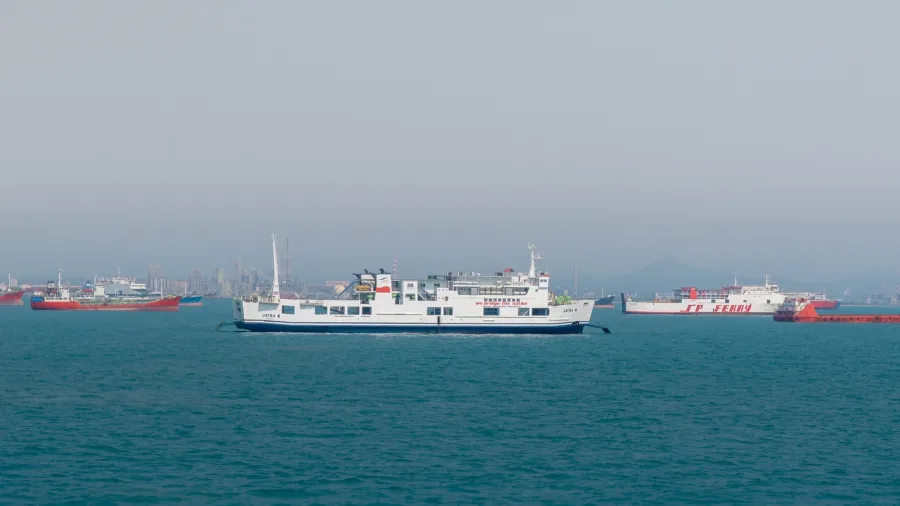
Supply chain shifts seen fueling foreign investments into ASEAN
Interest is particularly strong n EV components, electronics and green tech.
Foreign investments flowing into the ASEAN region is projected grow by 6% to 8% each year through 2030 as companies rethink their supply chain strategies, according to a note by DBS.
Based on the estimated growth rate, the aggregate net foreign direct investments (FDI) into the region could surge to nearly $400b by the end of the decade, economists at DBS said in a note titled “ASEAN-6 Tailwinds from supply chain reconfiguration.”
FDI inflows gathered steam over the past five years, recording a 10% compound annual growth rate between 2018 and 2022, from just a 6% CAGR from 2013 to 2022.
A major investment driver is the ongoing shifts in the global supply chains as firms adopting China+1 strategues turn to the region to augment production. The pandemic-induced supply chain disruptions have also pushed ASEAN countries to ramp up their production capacity.
The region’s manufacturing sector was among the top investment destination of FDI in the past three years, more notably in Vietnam.
“Amongst the various sectors, there is room for the electric vehicle (EV) component supply chain and green technologies to expand exponentially in the coming years,” the economists said.
They pointed to the untapped opportunity in the sector given the small EV adoption in the region currently.
Thailand and Indonesia show the greatest potential in this space owing to their large local auto scenes, while Vietnam is already home to major EV player.
DBS said other countries can also play catch up in the electronics supply chains by shifting their focus to EV components and away from consumer electronics and communication.
Foreign investments will be drawn to growing domestic EV adoption across the region, it added.













